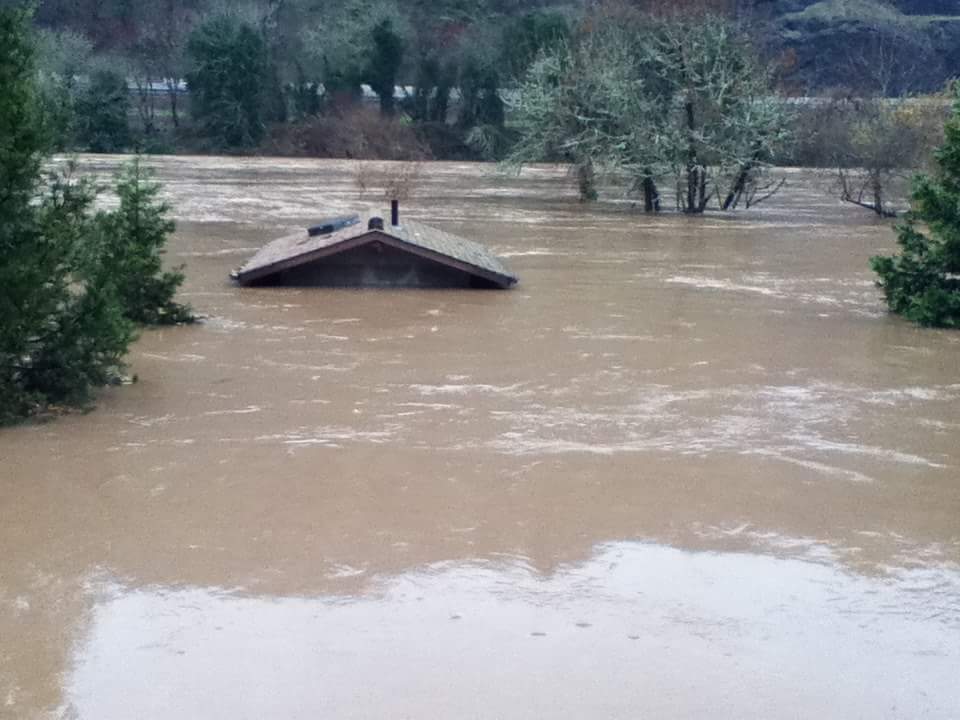
Extreme weather has been affecting numerous regions across America over the past few months. Romtec has designed, supplied, and constructed buildings and structures in many of these locations and has extensive knowledge on how to protect new structures against the weather conditions they will encounter. A few weeks ago we covered the best design practices for buildings and structures in heavy snow, this week we will be covering a similar topic of protecting buildings against flooding. Around 90% of all natural disasters result in significant flooding making it one of the most frequently encountered threats during severe weather events. The best way to protect your public or private building investments is to prepare for the severe weather your region encounters or expects and include adequate protections to mitigate the risks.
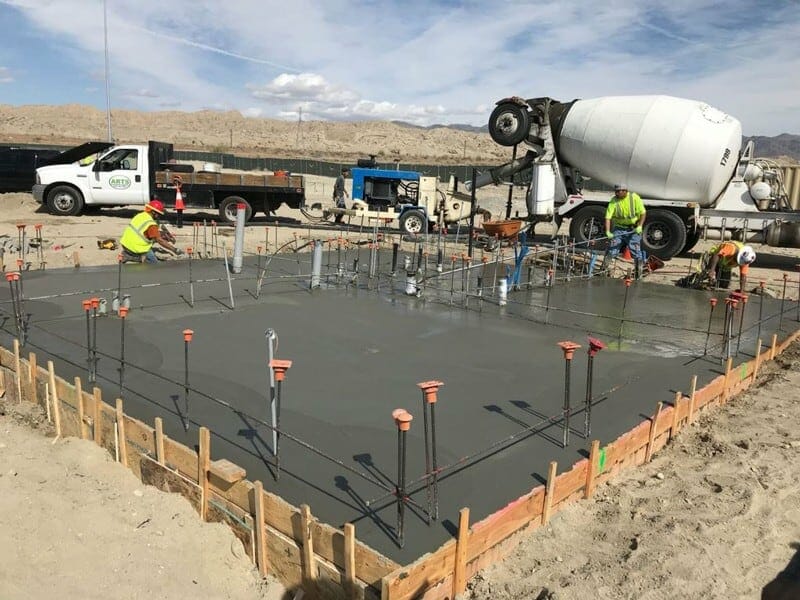
Starting with a Concrete Foundation
One of the most important features of a building or structure to protect against flooding is the concrete foundation. This slab anchors the building to the ground and prevents it from being washed away by onrushing water. Prefabricated buildings and structures by some suppliers are often not properly secured to the site to protect against floods and are easily washed away. Romtec always recommends installing all buildings, site-built or prefabricated, with a concrete foundation to properly tether them to the earth. This provides the best protection against flooding and several other areas of concern, such as uneven settling and moisture from the ground. Even with a proper foundation, buildings can face significant damage from rising water when other risk areas are not considered.
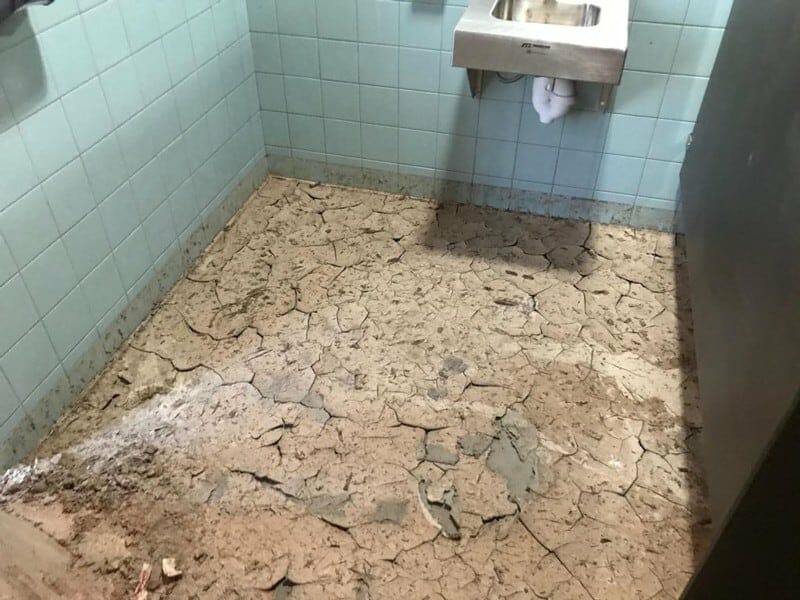
Flood Proofing with Protective Flood Barriers
Damage to the interior of a building is some of the most expensive costs associated with flooding. In the worst situations, rising water will submerge a building completely and damage flooring and walls and cause extensive mold and mildew damage. Some of these risks can be avoided by “flood proofing” the building with protective flood barriers. These building attachments can be installed as temporary barriers along each entrance of the building, including vents. These are designed to meet FEMA flood standards and are ideal in locations that encounter frequent flooding, such as buildings in low elevations or recessed areas. One recent project Romtec completed included flood barriers for a riverside application. The close proximity of the river and seasonal flooding made these barriers necessary to prevent damage from rising water. Another option is to actively pump stormwater away from the location.
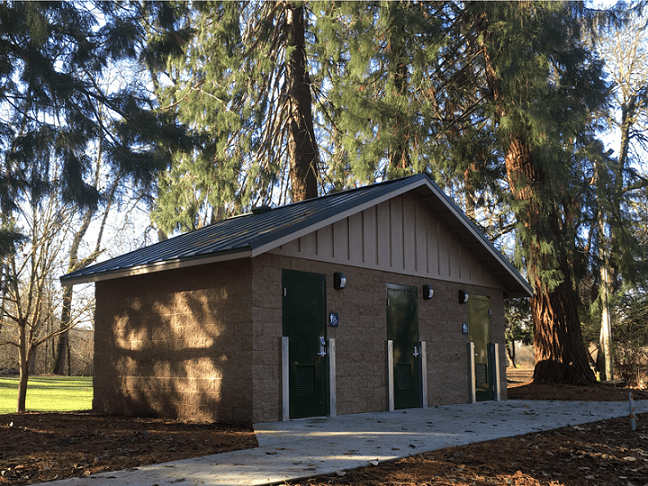
Implementing a Stormwater Pump Station
Pumping away flooding water is not always possible or a practical solution due to the sheer volume of water in some applications. Stormwater pump stations can constantly redirect incoming floodwater away from one area and discharge it to a designated location offsite. These systems are especially useful for protecting critical facilities, such as hospitals, police stations, and similar emergency facilities, that cannot simply shut down. One great example of this can be shown at the headquarters of the Sacramento Municipal Utility District This building was installed in a recessed area that resembles a bowl and would be subject to occasional flooding due to the landscape. Romtec Utilities, our sister company, remedied this with a powerful stormwater pump station that would drain a detention pond faster than rain could fill it and discharge it to a downstream facility.
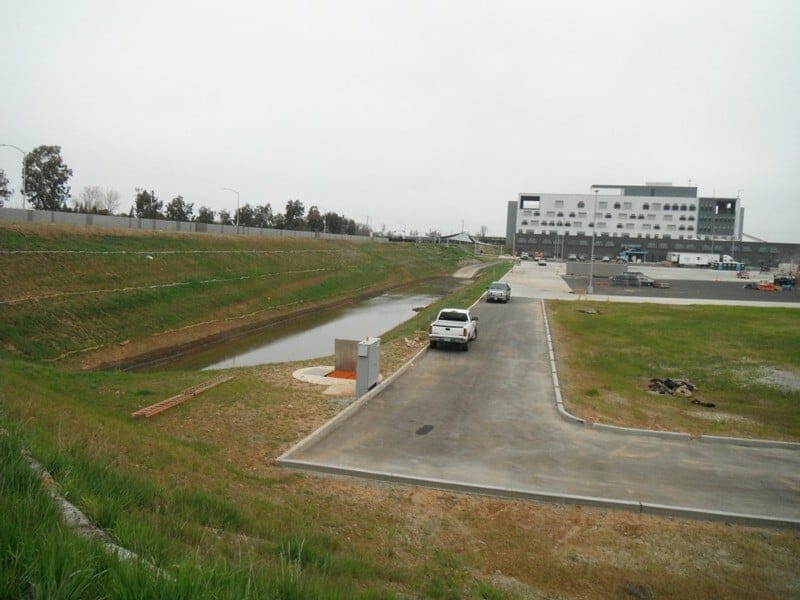
Assessing the Flood Risks for Each Building Location
Romtec excels at designing, supplying, and constructing buildings and structures for the unique conditions of each project. Flooding occurs during many natural disasters and severe weather events and can cause significant damage to buildings and structures. Assessing the specific risks of each new building location and including the necessary protections can greatly reduce the damage new buildings will encounter. Using the FEMA flood insurance map can be a great indicator of potential flooding and help influence your decision on what protections your building might require. Romtec can add any additional protections into the design of your building to help protect your investment and ensure that it lasts for years to come. Contact Romtec today for more information on flood protection options and get started on your project!
